Key Takeaways
-
Different Causes: Bed bugs are external parasites that feed on human blood, while scabies mites burrow under the skin to feed and lay eggs.
-
Transmission Methods: Bed bugs spread via infested items like luggage and furniture; scabies spread through direct, prolonged skin-to-skin contact.
-
Symptoms: Bed bug bites cause red, itchy welts in clusters; scabies result in intense itching and rashes, especially in skin folds.
-
Infestation Indicators: Bed bugs leave fecal spots, shed skins, and eggs in bedding; scabies cause skin burrows and blister-like rashes.
-
Treatment Approaches: Bed bugs require thorough DIY or professional pest control; scabies need medical treatment with prescription creams or oral medications.
-
Prevention: Practice regular hygiene, inspect second-hand items and travel gear, and seek help quickly at the first sign of infestation.
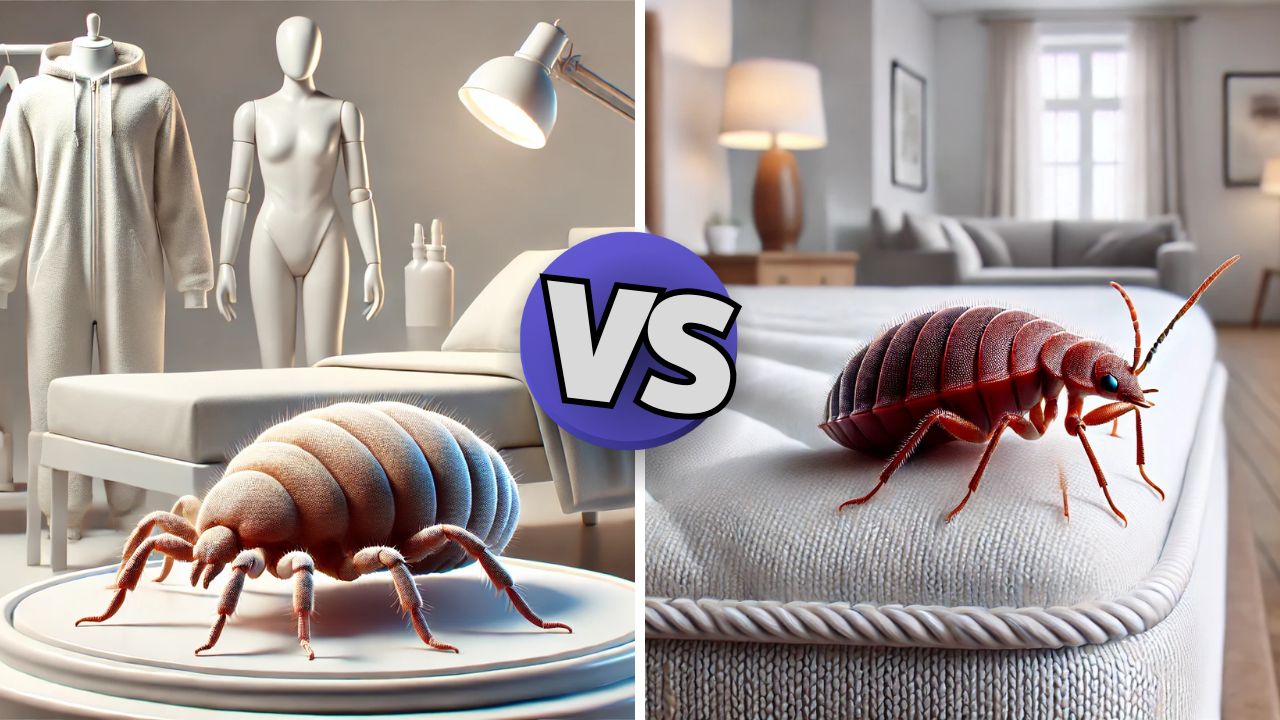 Experiencing itching, rashes, or bites can be unsettling, and determining whether the cause is bed bugs or scabies is crucial for proper treatment. While both conditions lead to skin irritation, they stem from entirely different sources and require distinct approaches to eradication.
In this article, we’ll break down the key differences between bedbugs and scabies, from their symptoms and causes to how you can treat and prevent them.
If you’re concerned bed bugs may be the culprit, our pest experts are ready to help—Schedule your Free Pest Inspection visit today for peace of mind and effective solutions.
Experiencing itching, rashes, or bites can be unsettling, and determining whether the cause is bed bugs or scabies is crucial for proper treatment. While both conditions lead to skin irritation, they stem from entirely different sources and require distinct approaches to eradication.
In this article, we’ll break down the key differences between bedbugs and scabies, from their symptoms and causes to how you can treat and prevent them.
If you’re concerned bed bugs may be the culprit, our pest experts are ready to help—Schedule your Free Pest Inspection visit today for peace of mind and effective solutions.
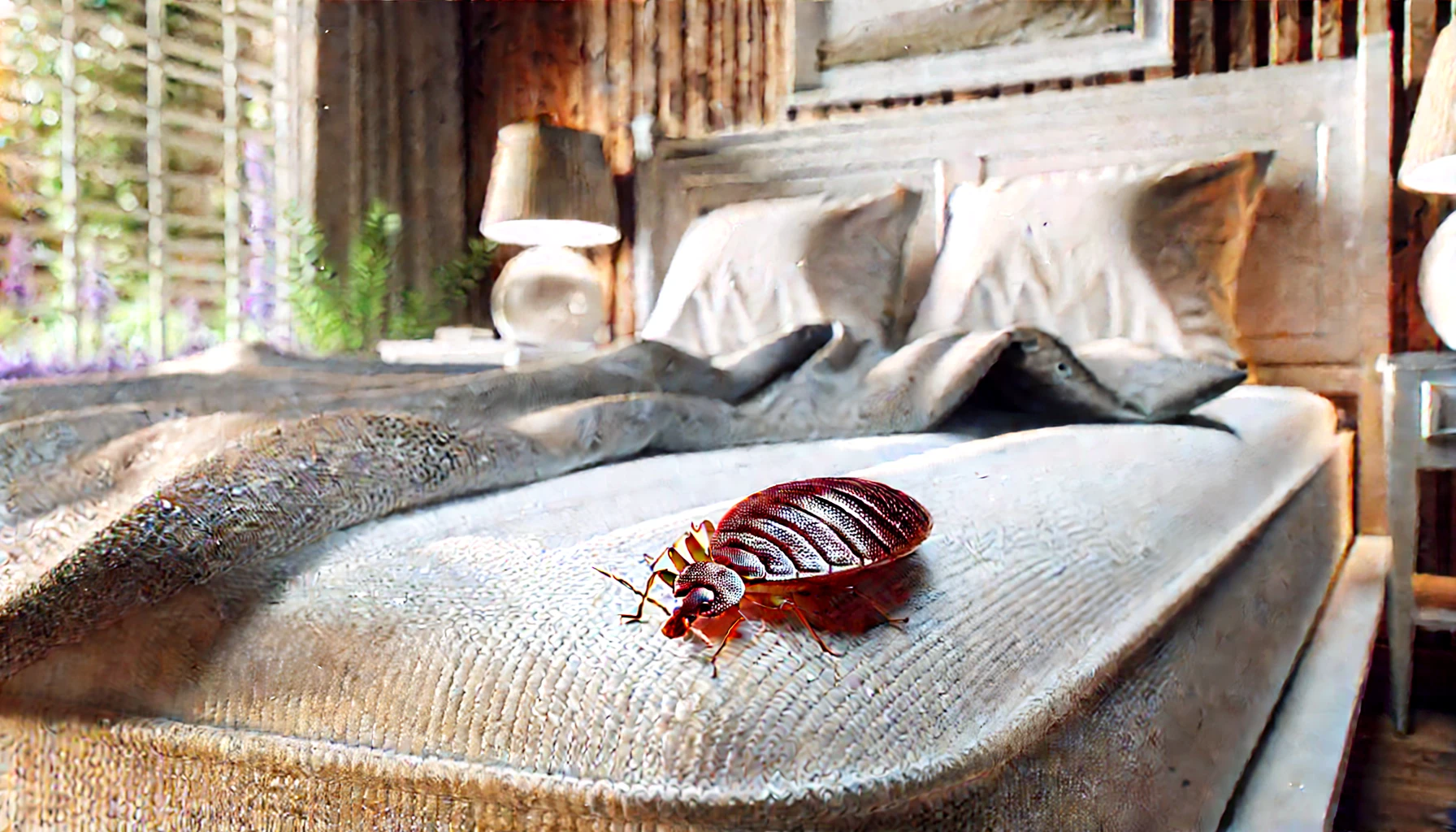

Not getting a solution?
Get your free pest control estimate today!What Are Bed Bugs?
Bed bugs, small and parasitic insects that feed on human blood, are primarily active at night. These pests hide in mattresses, furniture, and wall crevices during the day and emerge in the dark to feed.Characteristics of Bed Bugs
-
Size: About 4-5 mm long (similar to an apple seed).
-
Color: Reddish-brown, darkening after feeding.
-
Shape: Flat and oval with short antennae.
-
Movement: Crawls quickly but does not jump or fly.
Common Habitats of Bed Bugs
Bed bugs are typically found close to sleeping areas, as they feed primarily at night while their hosts are asleep. Common habitats include mattresses, box springs, bed frames, headboards, bedside furniture, and cracks in walls or flooring. Hotels, dormitories, apartments, and shelters are frequently vulnerable due to high human traffic.Signs of Infestation
Early detection is critical for controlling bed bugs. Common signs include:- Small reddish-brown fecal spots on bedding or walls
- Shed skins or exoskeletons
- Tiny white eggs or eggshells near hiding spots
- Unpleasant, musty odor from bed bug scent glands
- Frequent unexplained bites appearing overnight
Symptoms of Bed Bug Bites
Bed bug bites are often not spotted at first, but they can cause increasing discomfort over time. The following signs may indicate bed bug activity:- Red, swollen welts that usually appear in clusters or a straight line.
- Commonly found on exposed skin like the arms, neck, and face.
- Mild to severe itching, depending on sensitivity.
- Delayed reaction, where symptoms appear hours or even days later.
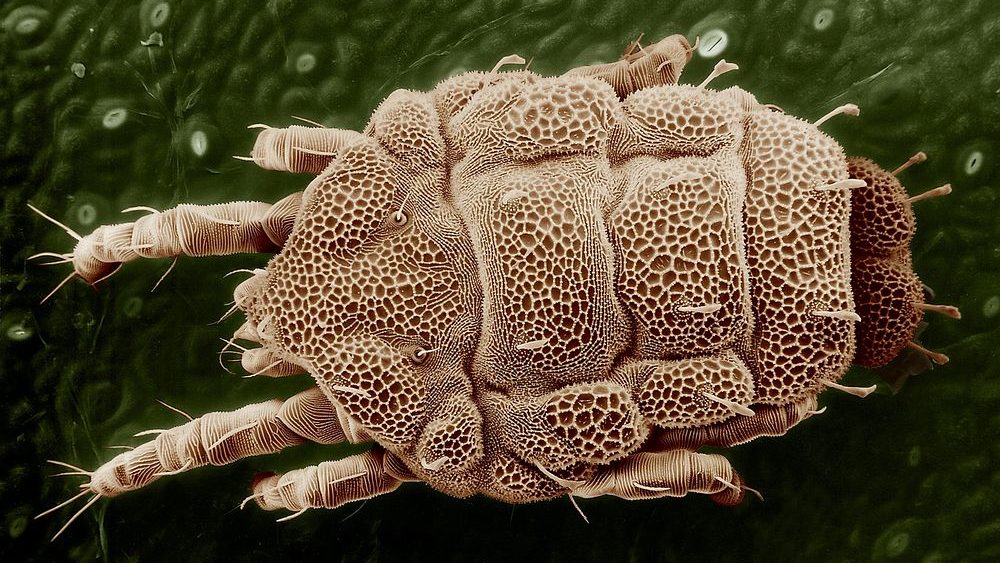
What Is Scabies?
Scabies are a skin infection, and microscopic mites that burrow into the skin are responsible for it. These pests lay eggs under the skin and generally result in an intense allergic reaction.Physical Characteristics of Scabies
-
Size: Extremely small (about 0.2 mm), invisible to the naked eye.
-
Shape: Round, oval bodies, difficult to spot without a microscope.
-
Behavior: Burrow into the skin, causing intense itching and rashes as they lay eggs.
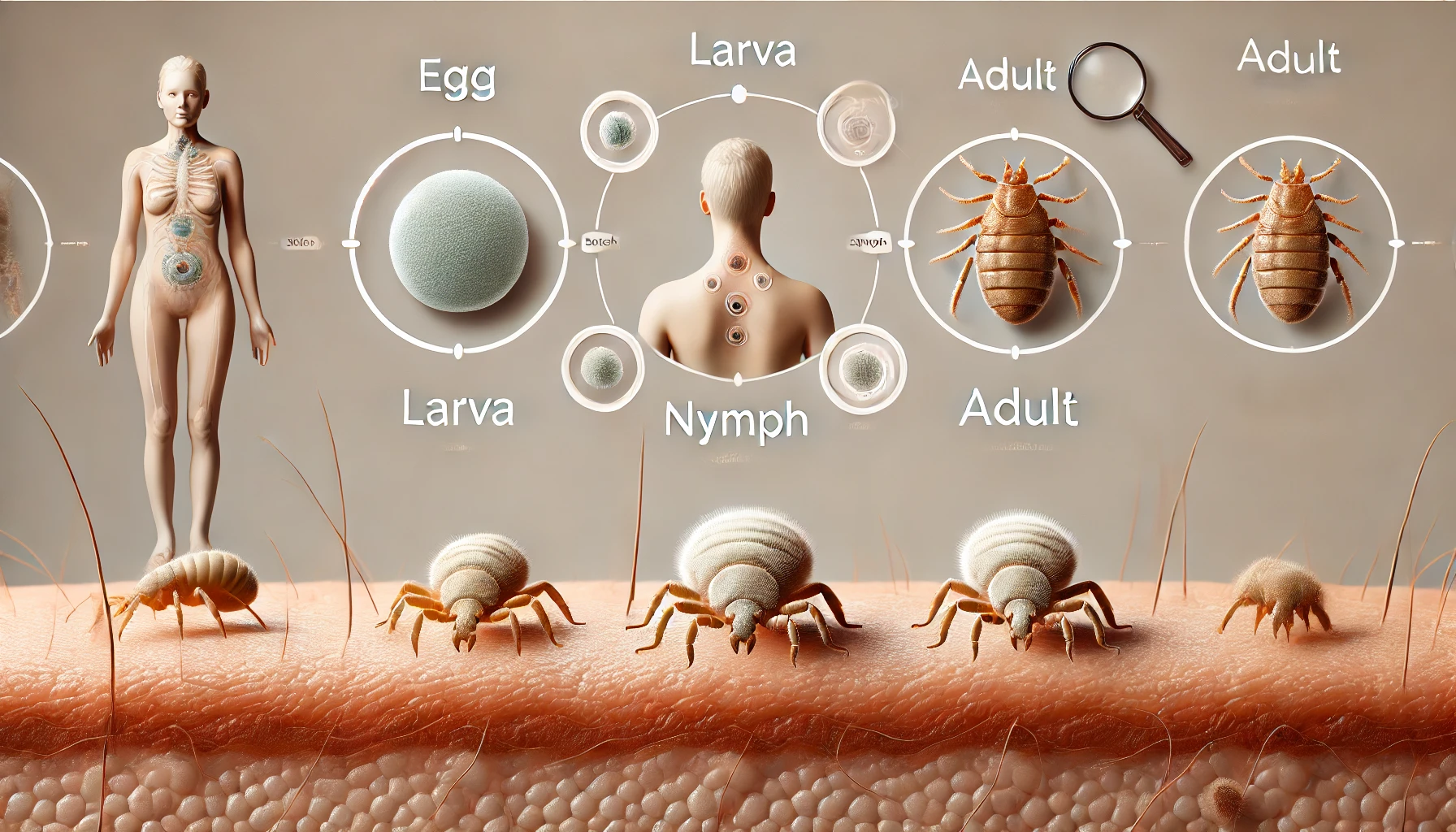
Lifecycle of Scabies
- Scabies mites undergo a simple lifecycle consisting of four stages:
-
Egg: Female mites lay eggs beneath the skin’s surface, where they are safely hidden from the immune system.
-
Larva: Eggs hatch within 3–4 days into larvae that begin burrowing into the skin.
-
Nymph: Larvae molt beneath the skin to become nymphs, continuing their development in shallow burrows.
-
Adult: Nymphs mature into adults mites, which continue the cycle by mating and burrowing into the skin. The complete lifecycle occurs over approximately 10–14 days.
Symptoms of Scabies
-
Rash: Red, bumpy patches that may blister.
-
Common Locations: Found in skin folds, including the armpits, groin, fingers, and elbows.
-
Intense Itching: Especially severe at night, when mites are most active.
-
Burrow Tracks: Thin, wavy lines where mites have tunneled beneath the skin.

How Scabies Mites Infect Humans
Scabies mites infect humans through prolonged skin-to-skin contact, commonly spreading among family members or sexual partners. Mites burrow into the upper layer of skin, laying eggs and causing intense itching and rashes due to allergic reactions to mite proteins.Key Differences Between Bed Bugs and Scabies
Despite their similar effects on the skin, bed bugs and scabies differ significantly in their cause, spread, and treatment.| Feature | Bed Bugs | Scabies |
|---|---|---|
| Cause | Insects that feed on blood | Mites that burrow under the skin |
| Transmission | Spread via furniture, bedding, and travel | Spread through direct skin contact or shared fabrics |
| Symptoms | Red welts in clusters or rows | Rash with blisters, sores, and burrow marks |
| Itching | May take time to develop | Immediate and severe, especially at night |
| Location | Found in mattresses, furniture, and cracks | Infestation occurs within the skin, often in folds |
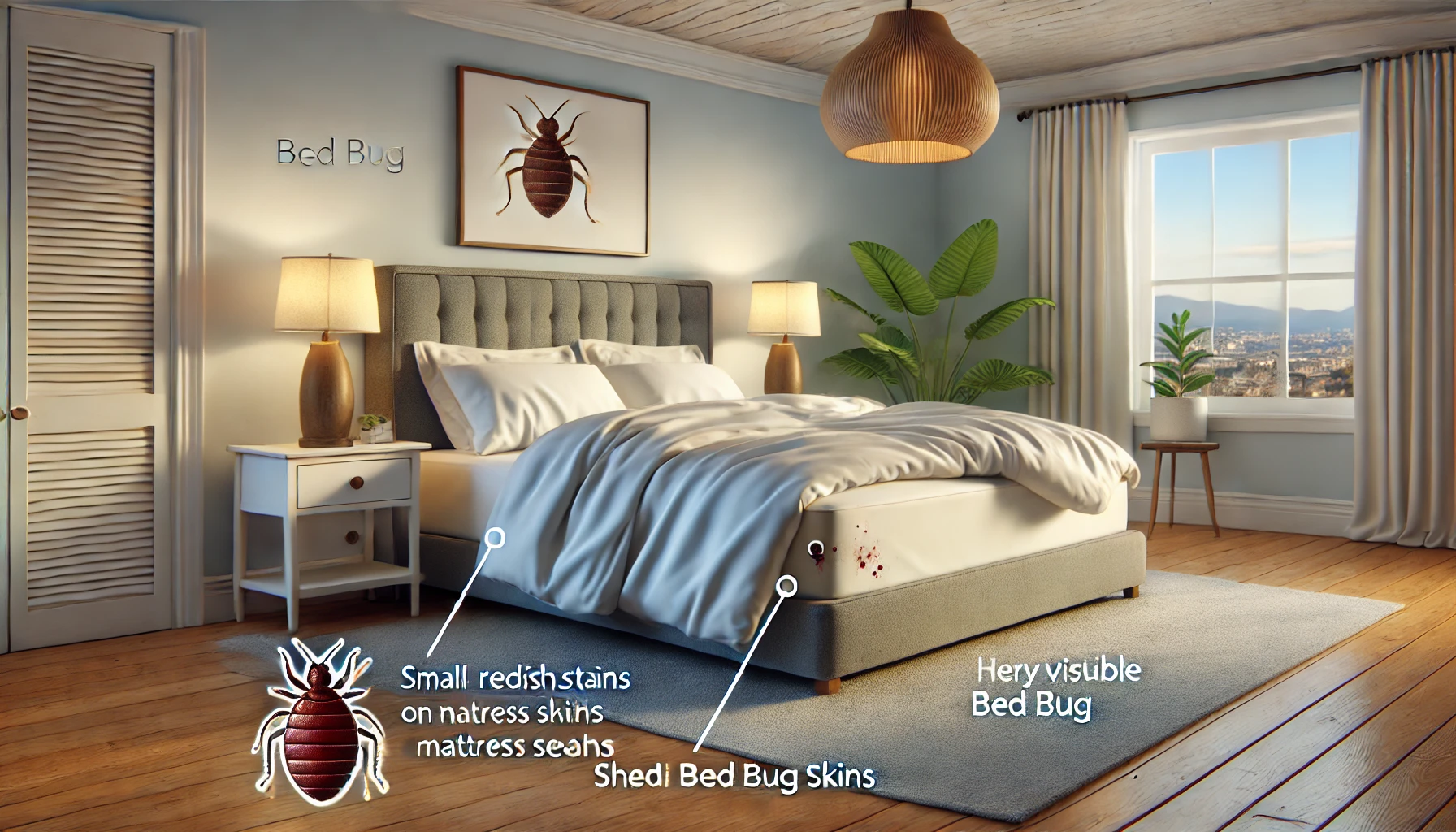
How to Identify a Bed Bug Infestation
Common Hiding Spots Inspect these areas carefully:- Mattress seams and tags
- Cracks in headboards or furniture
- Behind electrical outlets
- Curtains and upholstery
- Under carpets near beds

How to Recognize Scabies Infestation
Typical Rash and Skin Patterns Scabies rashes are intensely itchy and usually appear as thin, irregular burrow tracks composed of tiny bumps or blisters. Commonly affected areas include wrists, elbows, fingers, armpits, waist, and genital area.Early Warning Signs and Symptoms
- Severe itching, especially during the night
- Rashes or red bumps forming in skin folds (wrists, elbows, armpits, etc.)
- Sores from intense scratching that may lead to secondary infections
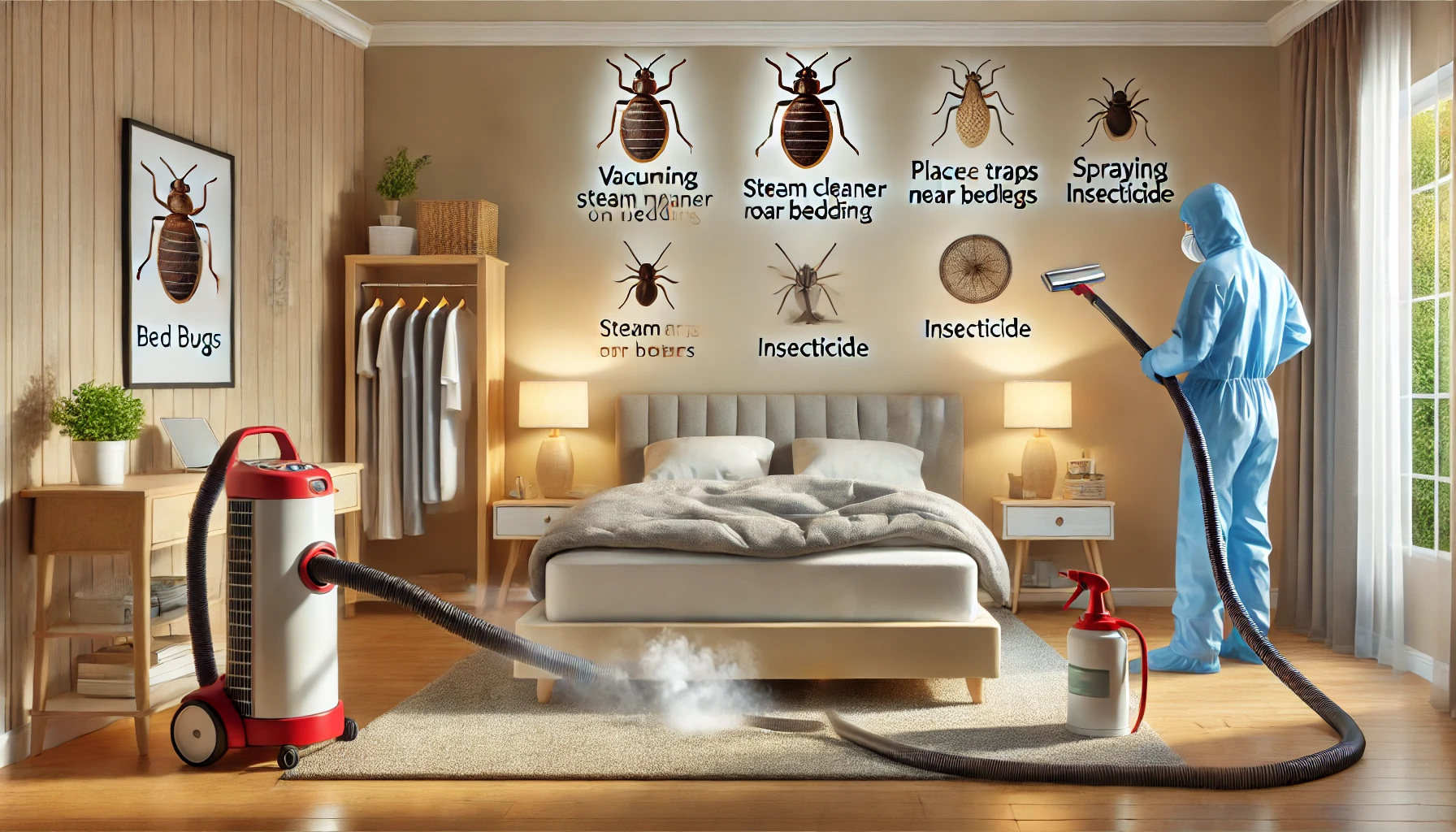
Treatment Options for Bed Bugs
DIY Home Treatments
- Wash and dry bedding on high heat to kill bed bugs and eggs
- Vacuum mattresses, furniture, and carpets thoroughly and frequently
- Use mattress and box spring encasements to trap and isolate bed bugs
Preventive Measures After Treatment
- Conduct regular inspections to detect any signs of re-infestation early
- Keep living spaces clean and clutter-free to reduce hiding spots
- Inspect travel luggage and second-hand furniture before bringing them indoors
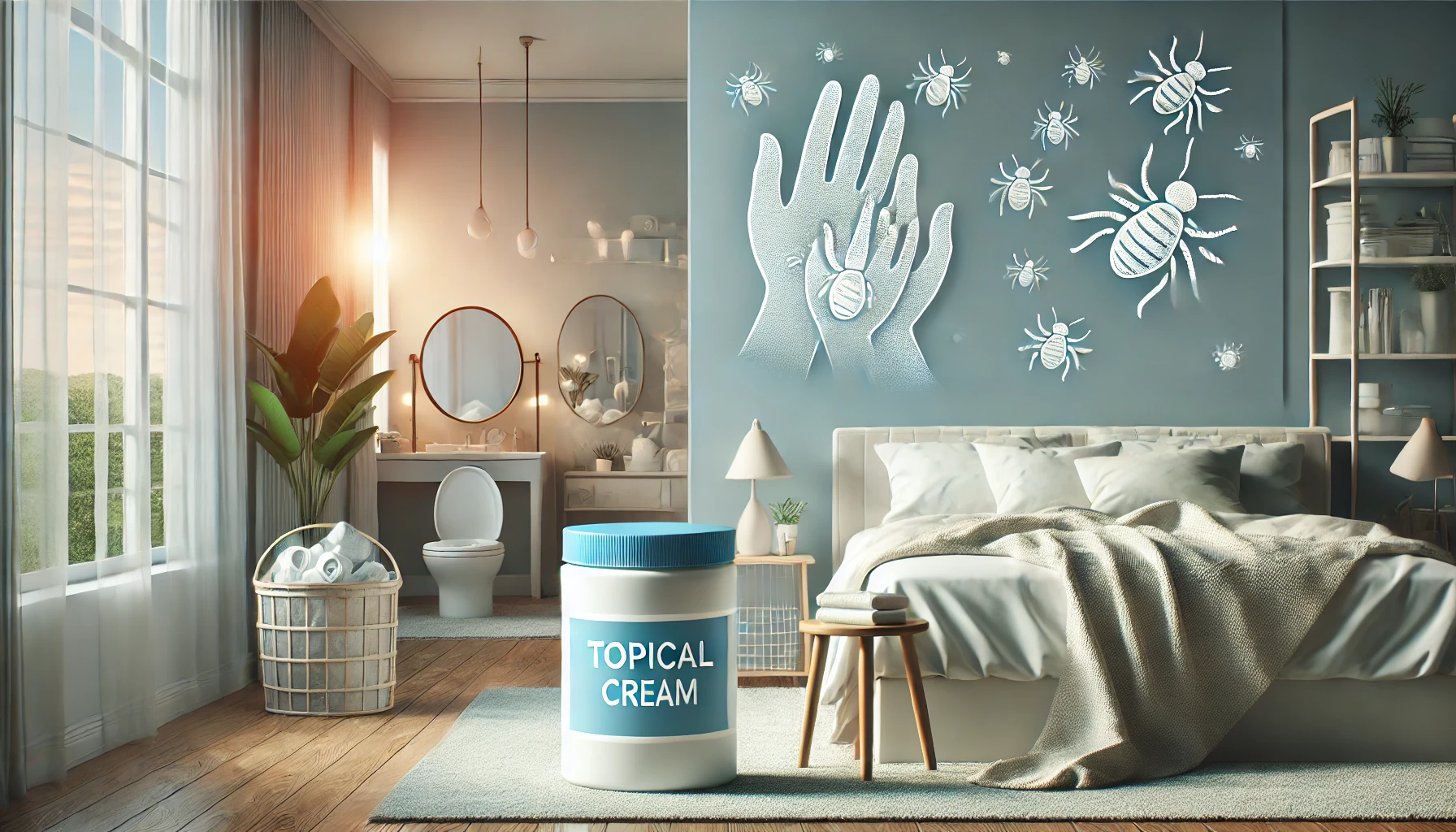
Treatment and Management of Scabies
Medical Treatments and Medications Doctors usually prescribe topical creams like permethrin or oral medications like ivermectin. All close contacts should be treated simultaneously to prevent reinfection.Home Hygiene Practices
- Wash clothes, bedding, and towels in hot water and dry them completely
- Vacuum carpets and upholstered furniture regularly to eliminate mites
- Seal non-washable items in plastic bags for several days to suffocate and starve mites
Prevention Strategies for Bed Bugs and Scabies
Protecting Your Home from Bed Bugs
- Use protective covers on mattresses and pillows
- Inspect hotel rooms thoroughly before settling in when traveling
- Avoid bringing second-hand furniture home without a careful inspection
Preventing the Spread of Scabies
- Avoid close, prolonged skin contact with infected individuals
- Ensure all infected household members are treated at the same time
- Maintain proper hygiene and a clean living environment
Hygiene Tips and Best Practices
- Clean and inspect living spaces regularly for early signs of pests
- Launder clothes, linens, and bedding frequently in hot water
- Vacuum regularly to eliminate mites and other pests early

Myths and Facts About Bed Bugs and Scabies
Confused by misinformation around bed bugs and scabies? Let’s separate fact from fiction by addressing common myths about these two pests.| Myths | Fact |
|---|---|
| Bed bugs transmit diseases. | Bed bugs do not cause diseases, though their bites can cause allergic reactions. |
| Scabies are caused by poor hygiene. | Scabies can affect anyone, regardless of hygiene, as they spread through close contact. |
| You can see scabies mites with the naked eye. | Scabies mites are microscopic and cannot be seen without a microscope. |
| Bed bugs only infest dirty homes. | Bed bugs can invade any home, clean or dirty, as they are attracted to warmth and carbon dioxide. |
| Scabies can be treated with over-the-counter creams. | Effective treatment for scabies usually requires prescription medications from a healthcare provider. |
When to Call Professionals: Pest Control vs. Medical Care
-
Call Pest Control: If bed bugs continue to appear despite home treatments or if you notice a rapidly growing infestation, it’s time to contact professional exterminators.
-
Seek Medical Care: Persistent itching, widespread rashes, or signs of skin infection should be evaluated by a healthcare provider to diagnose and treat scabies effectively.





